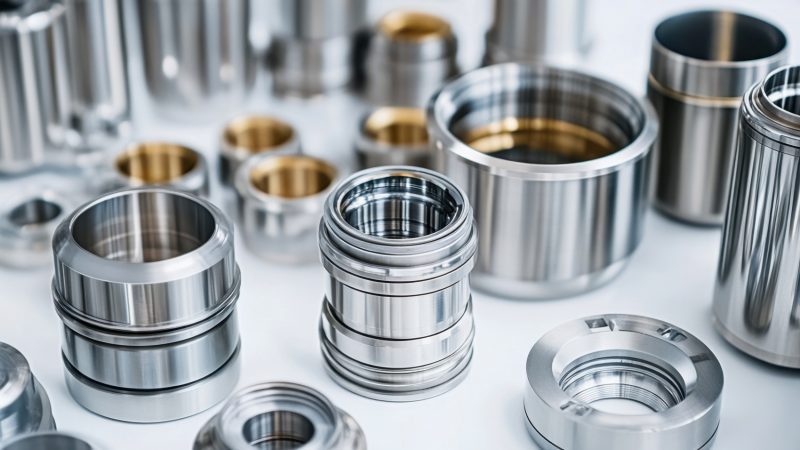Essential Maintenance Tips for Factory Equipment
In any manufacturing plant, the efficiency of factory equipment directly impacts productivity, cost control, and overall operational success. However, even the most advanced machinery can break down if not properly maintained. Regular upkeep ensures equipment remains in optimal condition, reduces the risk of costly downtime, and prolongs the life of critical assets. While some maintenance practices are universal, others need to be tailored to the specific requirements of each machine or tool. This article outlines essential maintenance strategies that every manufacturing facility should prioritize to keep equipment running smoothly and efficiently.
Schedule Preventative Maintenance
Preventative maintenance is one of the most effective strategies for avoiding unexpected breakdowns. Creating a maintenance schedule tailored to each piece of equipment ensures regular inspections and servicing. This includes cleaning components, tightening loose parts, and lubricating moving mechanisms. Preventative measures also involve monitoring performance metrics like energy consumption and output levels. These small, routine checks allow technicians to identify potential issues before they escalate, which saves significant time and money in the long run. A well-maintained machine operates more efficiently, which reduces the strain on manufacturing processes and boosting overall productivity.
Train and Empower Operators
Well-trained operators are the first line of defense in maintaining factory equipment. They interact with machinery daily, making them the most qualified to identify unusual sounds, vibrations, or performance issues. Proper training ensures operators know the capabilities and limitations of each machine, reducing the likelihood of user-induced damage. Additionally, empowering them to perform minor maintenance tasks, such as cleaning or basic troubleshooting, can minimize unnecessary downtime. Regular training sessions also help keep workers updated on the latest operational protocols, ensuring they can manage equipment with confidence and competence.
Optimize Air-Powered Tools
Pneumatic tools play a vital role in many manufacturing plants. They power tasks that require precision and efficiency. However, the quality of compressed air directly affects the performance and longevity of these tools. Moisture in compressed air can cause rust, corrosion, and blockages, which leads to reduced tool efficiency and increased maintenance needs. Installing a compressed air dryer ensures the air remains dry and free from contaminants, protecting air-powered tools and enhancing their reliability. This simple yet crucial addition to your system helps prevent costly repairs and ensures pneumatic tools operate at their best.
Monitor Performance Metrics
Keeping a close eye on equipment performance metrics is critical for identifying inefficiencies. Metrics such as energy usage, production output, and cycle times offer valuable insights into how well machinery is functioning. For instance, Sudden energy consumption spikes could indicate a failing motor or poorly lubricated components. By tracking these indicators in real-time, facility managers can pinpoint underperforming areas and take corrective action immediately. This proactive approach helps maintain efficiency and extends the equipment’s life, ensuring long-term cost savings.
Use High-Quality Replacement Parts
When repairs are necessary, using high-quality replacement parts is essential. While cheaper alternatives may seem like a cost-saving measure, they often wear out faster and compromise equipment performance. Always source parts from reputable manufacturers to ensure compatibility and reliability. Additionally, keeping a stock of commonly used spare parts minimizes downtime when replacements are needed urgently. A combination of quality components and prompt repairs ensures that machinery operates at peak efficiency and minimizes interruptions to production schedules.





